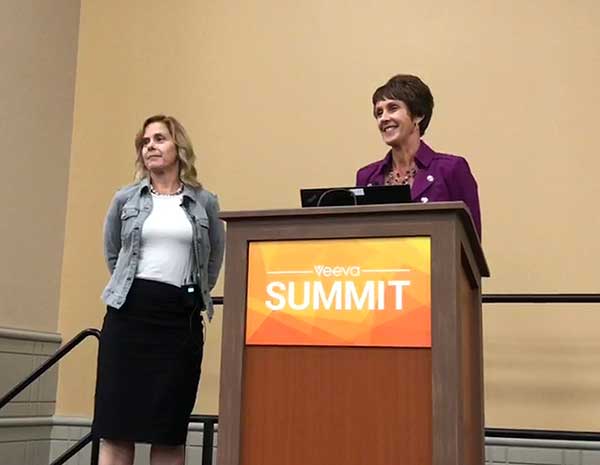Blog
Lilly Discusses Variation Management at Veeva R&D Summit
Oct 12, 2018 | heather.clark@veeva.com
Oct 12, 2018 | heather.clark@veeva.com
At this year’s Veeva R&D Summit in Philadelphia, Eli Lilly and Company discussed the challenges inherent in variation management, along with best practices they’ve implemented to streamline and simplify the regulatory post-approval process.

Nancy Allen, senior director of global regulatory affairs, and Paula Hudson, global implementation lead for RIM systems and processes at Lilly showcased how variation management became the cornerstone for their process-centric approach to RIM transformation. As one of the most frequent, complex, and broad-reaching processes, Lilly knew that by improving variation management they could quickly make an impact on the company’s bottom line. During the session, they described the challenges in coordinating information across various planning and forecasting tools and how they lacked confidence in their source data. They decided to leverage Vault RIM to help them globally manage feedback on post-approval changes from health authorities, create dynamic content plans, and generate automatic reports across all their relevant markets.
By streamlining this process, Lilly expects to realize significant efficiency gains. For example, utilizing Vault RIM to automatically compile regulatory commitments will eliminate four to six hours of manual effort and two to three weeks of lag time across each of their 1500 submissions. That translates to about 7500 hours that can now be focused on getting more submissions through the cycle. This process improvement will also drastically reduce the amount of time spent creating submission records, from two to three days down to 15 to 30 minutes, and speed up record changes by as much as 80% through bulk updates.
To learn more about how Lilly’s process-centric approach to RIM transformation, view their full presentation from the Veeva R&D Summit.